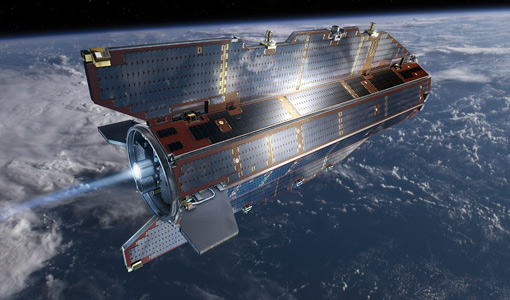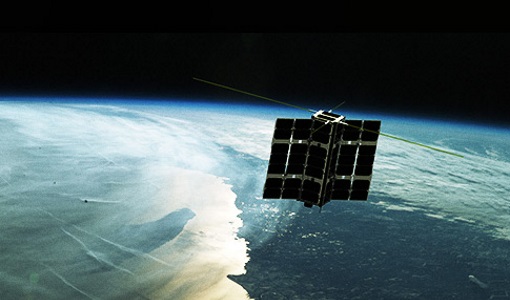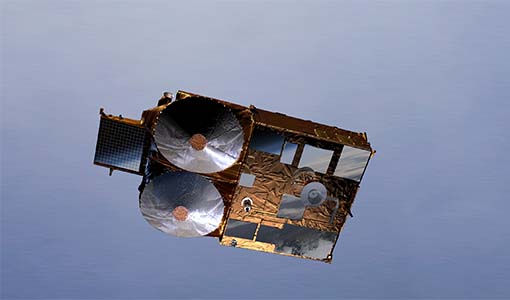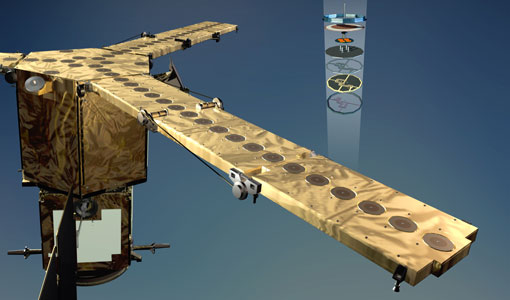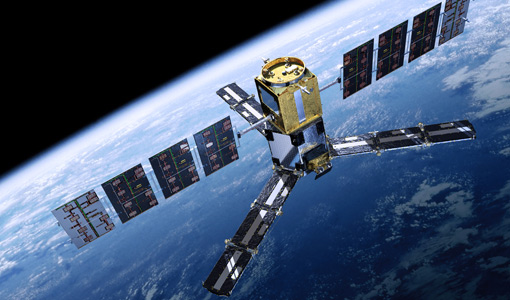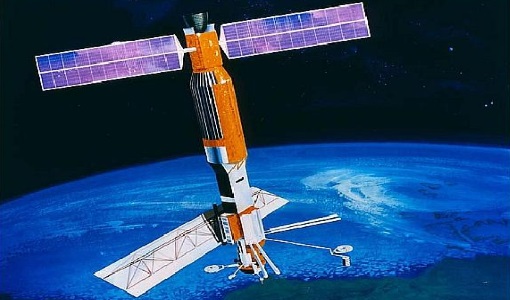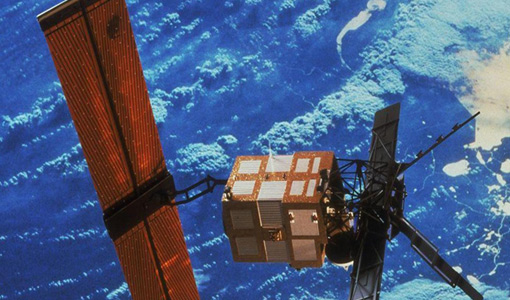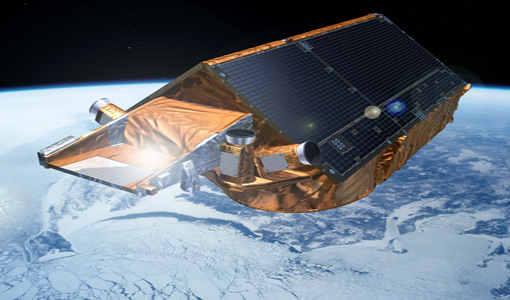- All Categories (17024)
- Data (2)
- News (55)
- Missions (41)
- Events (22)
- Activities (2)
- Campaigns (2)
- Documents (16900)
MISSIONS
Explore the European Space Agency's Earth Observation satellite missions. Learn all about ESA's dedicated Earth Explorers or collaborations with other agencies through the Third Party Missions programme.
Mission - Earth Explorers
SSTI ANTEX Data
data were generated from 154 days in 2009 GOCE SSTI-B PCVs data were generated from the available data in 2010-2012 The current
Mission - Third Party Missions
Spire Overview
It currently commercialises its platform on a "Space-as-a-Service" offering with aerospace and defence customers.
Mission - Earth Explorers
Special Datasets Overview
CryoSat Antarctic Digital Elevation Model - Download the current CryoSat product Antarctic DEM.
Mission - Earth Explorers
SMOS product availability
+ NIR + Long LO + FTT LO + Electrical Stability LO + NIR + Long + FTT LO + Short LO + Long + Short Current
Mission - Earth Explorers
SMOS Overview
Mission Background The SMOS mission is a direct response to the current lack of global observations of soil moisture and
Mission - Earth Explorers
SMOS Objectives
SMOS Science The SMOS mission is a direct response to the current lack of global observations of soil moisture and ocean
Mission - Earth Watch
SIRAL Overview
It is also operated over some geostrophic ocean currents and major hydrological basins.
Mission - Earth Explorers
SIRAL
Access is provided to all CryoSat systematic data acquired according to the current geographical mode mask.
Mission - Heritage Missions
Seasat Objectives
wealth of information on diverse ocean phenomena such as sea-surface winds and temperatures, surface and internal waves, currents
Mission - Heritage Missions
Seasat
The instrument had the objectives of the determination of sea surface profiles, currents, wind speeds and wave heights.
Mission - Heritage Missions
RA (ERS) Products Information
data showed a clear improvement in terms of accuracy over the tandem periods between ERS-1, ERS-2 and Envisat missions (currently
Mission - Heritage Missions
RA (ERS) Overview
demanding constraints and had the following major objectives: Precise altitude (ocean surface elevation for the study of ocean currents
Mission - Heritage Missions
RA (ERS)
the RA provided information on significant wave height; surface wind speed; sea surface elevation, which relates to ocean currents
Mission - Earth Explorers
Products Information
here, these are intended for the purpose of becoming familiar with the format of the CryoSat Science Products from the current
Mission - Earth Explorers
Products Information
For an optimal exploitation of the current SMOS L2 data set V620 consult the read-me-first notes available for V620 soil
Mission - Heritage Missions
MOS-1/1B
MOS-1 and 1B, Japan’s first marine observation satellites, were designed to monitor ocean currents, sea surface temperature
Mission - Earth Watch
Instrument Processing Facilities
Level 1 Ice Products The current IPF1 installed at the Kiruna payload data segment for level-1 ice products is IPF1 vO2.3
Mission - Third Party Missions
ICEYE
Currently, the satellites operate in five modes called 'Strip Mode', 'Spot Mode', 'Scan Mode', 'Spot Extended Area (SLEA)
Mission - Earth Explorers
Ground Tracks
CryoSat instruments and it is generated at the beginning of every orbital repetition cycle around two months before the current
